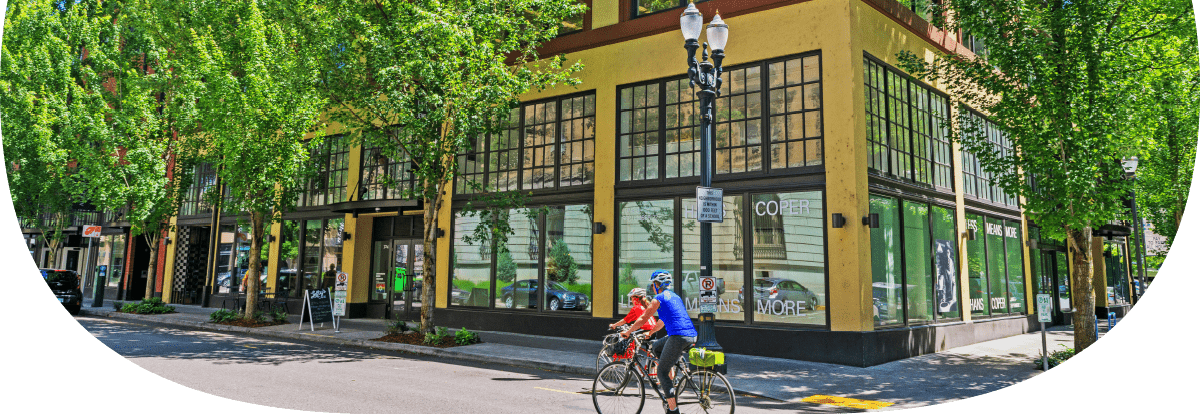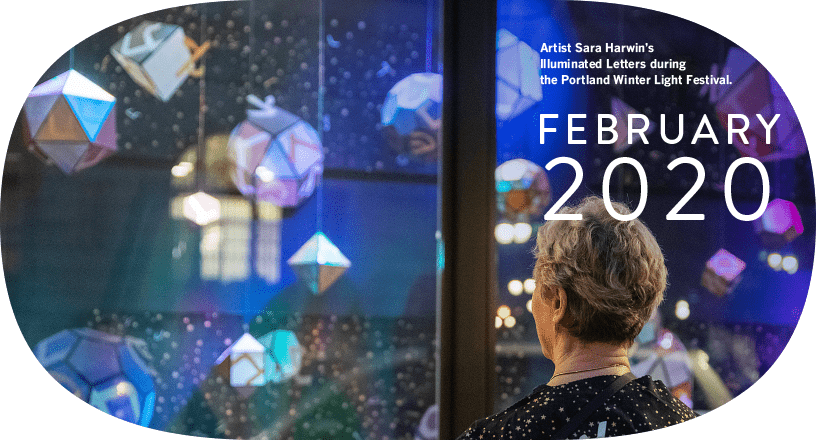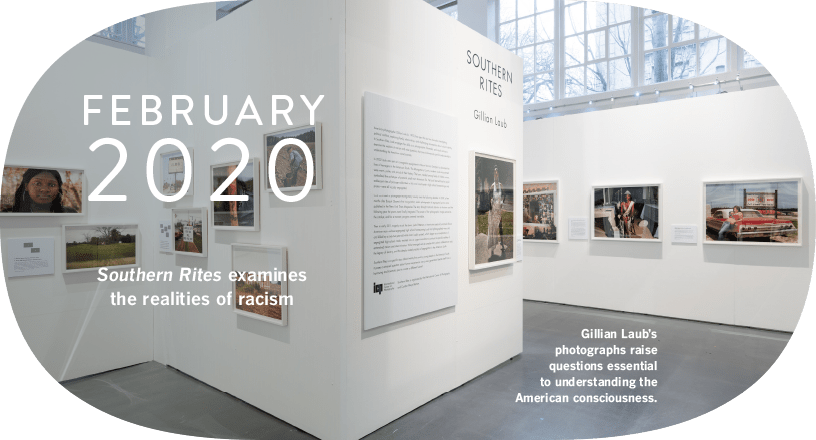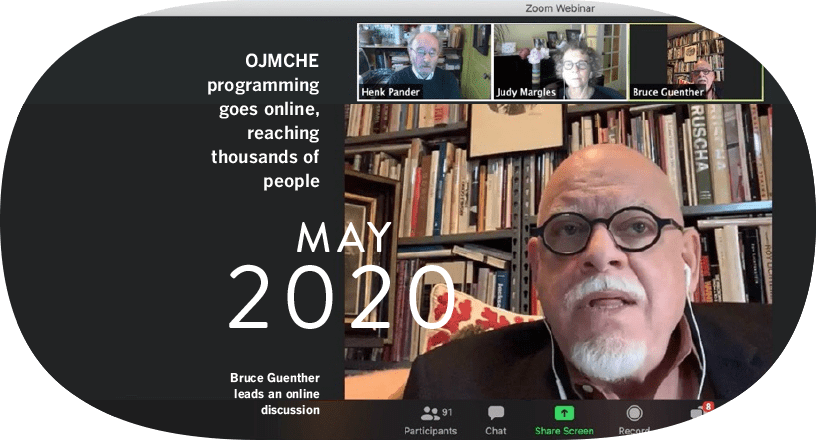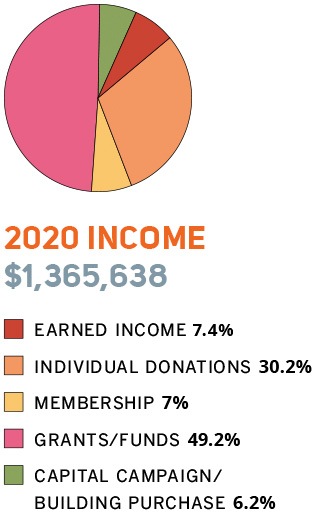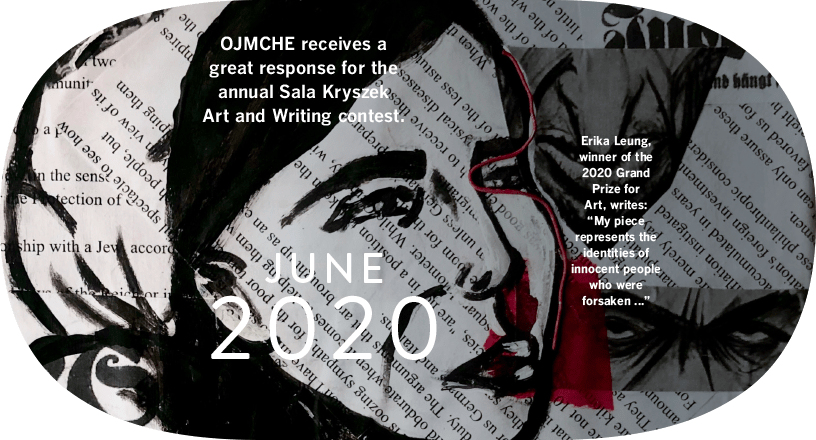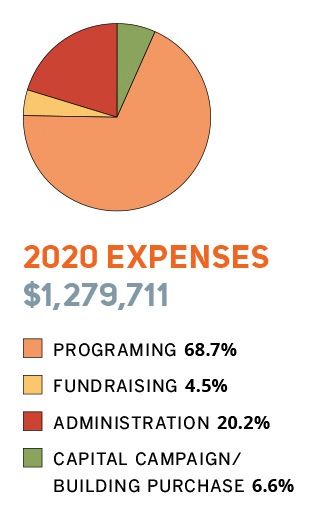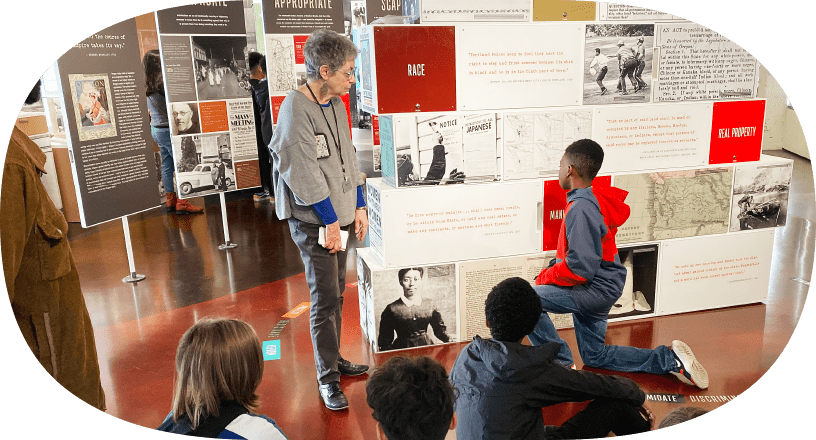From the Director
Dear Friends,
Our 2020 Annual Report covers our fiscal year from July 1, 2019 through June 30, 2020. And what a year this has been! We have gone from the highs of a museum full of visitors and school groups to embracing being virtually vibrant online. While it is a different reality than we ever imagined, I want to share with you news of how OJMCHE continues to thrive in creative and important ways.
Last fall, the museum was filled with the joyous energy of the traveling exhibition, Leonard Bernstein at 100, which included multiple sold out concert programs, culminating with a special visit from the maestro’s daughter Jamie Bernstein. For those of us who attended the performance by Bravo Youth Orchestra and Jamie’s conversation with student musicians, I know you agree that the experience was memorable.
In February the downstairs gallery became the focal point for the powerful Southern Rites exhibition, bringing a lens to the racial tensions that scar much of American history. The exhibition also provided an excellent educational tool with school tours booked almost every day. On March 15 it was with an especially heavy heart that the pandemic forced us to temporarily close the museum and cancel the remainder of school visits.
Pivot has frequently described how individuals and organizations have adapted to a new normal; at OJMCHE we prefer to say that we “zoomed into action.” Simply put, the pandemic upended traditional museum practice. After OJMCHE physically closed, the education team switched to remote learning, zooming into classrooms and providing free weekly lesson plans, teacher trainings and a multitude of teacher resources.
By April we were also serving adult audiences with free virtual programs that responded to the current crisis — programs about antisemitism and COVID-19, law enforcement, racism, civil rights, etc. We installed exhibitions in our ground-floor windows for people to see from the street when they walk by — panels from our core exhibitions, Land Acknowledgment, a selection of wall sculptures by Mel Katz, and John Lewis’s final essay.
Recently we received recognition in two areas, both of which provide tremendous opportunity to continue our work during the pandemic. First we are one of ten museums nationally chosen for TheirStory, an oral history project to record and collect our community’s stories of this moment in history. This project provides a snapshot for researchers and future generations of how we have collectively and individually experienced the pandemic, the Black Lives Matter protests, struggles for justice, and the 2020 presidential election. Second, we are one of three Jewish museums nationally selected for a site-specific installation of new artwork to inspire and celebrate the Jewish holiday of Sukkot. Shelter in Place, created by artist Adam McKinney, opened October 1 and is a timely examination of the effects of anti-Black racial violence.
As we head into the fall we recognize that creativity and innovation are essential ingredients going forward. There is no question that Covid-19’s impact has been deep and uncertain. We are, however, adaptable, resilient and resourceful. I am blessed to have a supremely talented and dedicated staff and board and a community that values our mission. As we move forward we give ardent thanks for your continued support and engagement as we work together to nd new ways to thrive.
Be well, stay hopeful,
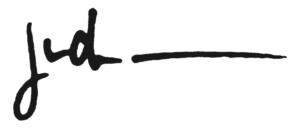
Judy Margles
Director
